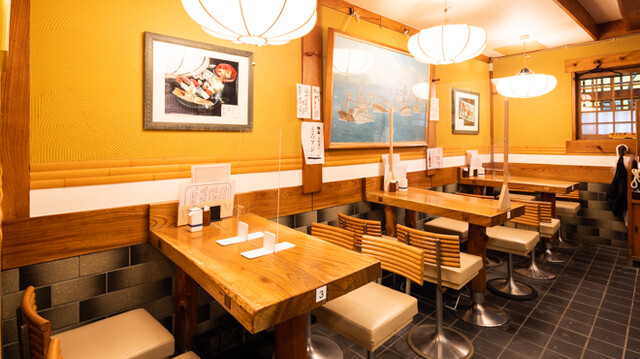Recommended sushi restaurants in Saitama, Japan
-

Azuma Sushi Main Branch
Sushi restaurant in Saitama [SUSHILIVE comment] -


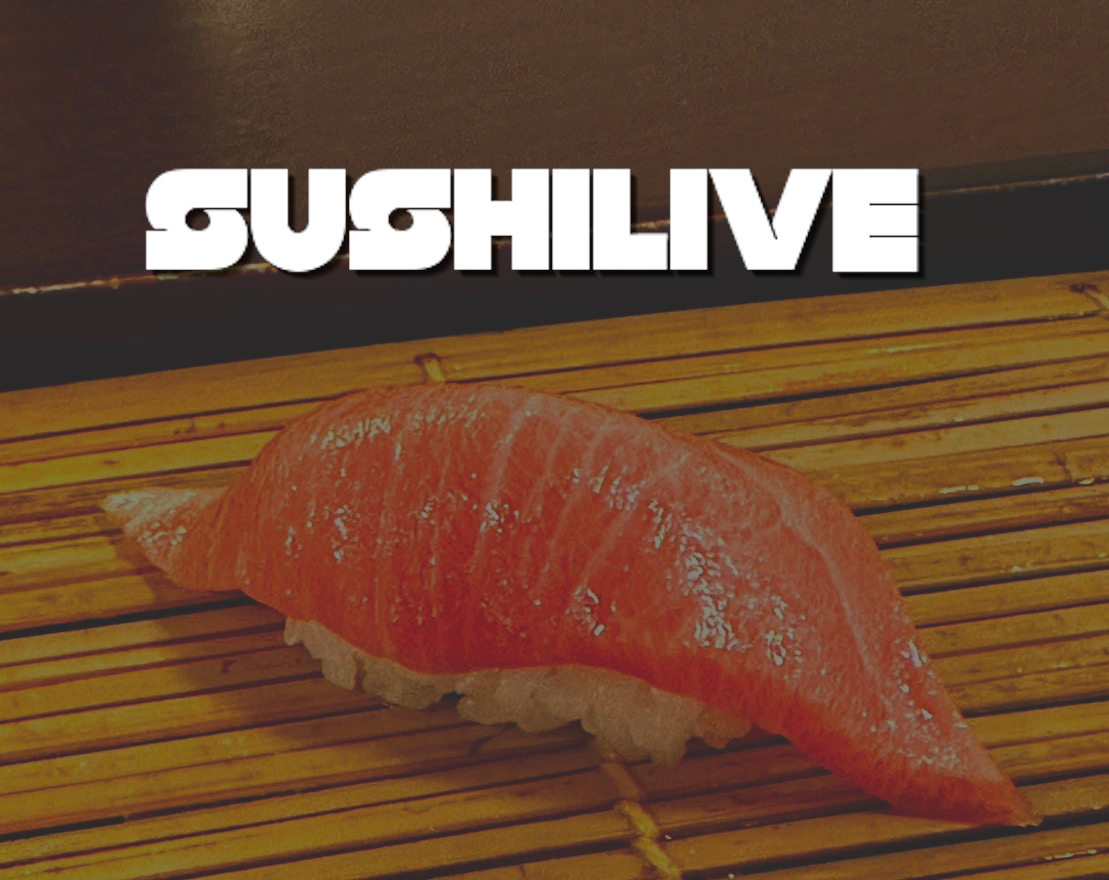
Sushi Kappo Yamaya
Sushi restaurant in Saitama [SUSHILIVE comment] -



Public Sushi Bar JINBE Taro Kita-Urawa
Sushi restaurant in Saitama [SUSHILIVE comment] -



Kyushu Favor Restaurant Fish Star Omiya Nishiguchi
Sushi restaurant in Saitama [SUSHILIVE comment] -



Sushi Cuatro
Sushi restaurant in Saitama [SUSHILIVE comment] -



Edomae Gatten Sushi Omiya East Exit Branch
Sushi restaurant in Saitama [SUSHILIVE comment] -



Kaisendon-ya Jizakanaya Omiya Branch
Sushi restaurant in Saitama [SUSHILIVE comment] -



Kizunasuashi Omiya Minami-Ginza-dori Branch
Sushi restaurant in Saitama [SUSHILIVE comment] -



Sushi Kaisen Otanko, Saitama Shin-Toshin Branch
Sushi restaurant in Saitama [SUSHILIVE comment] -



Fishing Inn Bar, Mazume, Urawa Branch
Sushi restaurant in Saitama [SUSHILIVE comment] -



All Private Room Sushi Ya Hare no Hi Omiya Higashiguchi Ekimae Branch
Sushi restaurant in Saitama [SUSHILIVE comment] -



Karasu Sushi Dining Sen-suke Omiya East Exit Main Store (Sensuke)
Sushi restaurant in Saitama [SUSHILIVE comment] -



Omiya Sushi Ishiyama ([former name] Omiya Sushi Matsumoto)
Sushi restaurant in Saitama [SUSHILIVE comment] -



Urawa Urawa Fish Restaurant
Sushi restaurant in Saitama [SUSHILIVE comment] -



Seafood Sushi Izakaya Ichiban Ichiban
Sushi restaurant in Saitama [SUSHILIVE comment] -



Sushi Dining Umami
Sushi restaurant in Saitama [SUSHILIVE comment] -



Higashi Sushi New Store
Sushi restaurant in Saitama [SUSHILIVE comment] -



Omiya Sushi Iwai ([former name] Omiya Sushi Takumi)
Sushi restaurant in Saitama [SUSHILIVE comment] -



Omiya Sushi Takayama
Sushi restaurant in Saitama [SUSHILIVE comment] -



Sushi Eishin
Sushi restaurant in Saitama [SUSHILIVE comment] -



keshushi (loanword)
Sushi restaurant in Saitama [SUSHILIVE comment] -



Mika Gusushi
Sushi restaurant in Saitama [SUSHILIVE comment] -



Suzuya Iwatsuki Honten (Suzuya)
Sushi restaurant in Saitama [SUSHILIVE comment] -



Omiya Sushi Residence Hiro
Sushi restaurant in Saitama [SUSHILIVE comment] -



Sushi Togura
Sushi restaurant in Saitama [SUSHILIVE comment] -



Sushi Dining Tsukimura
Sushi restaurant in Saitama [SUSHILIVE comment] -



Sushi Nosuke
Sushi restaurant in Saitama [SUSHILIVE comment] -



Sushiya Ginzo Musashi Urawa Mare
Sushi restaurant in Saitama [SUSHILIVE comment] -



zelkova (species of Japanese zelkova, Zelkova serrata)
Sushi restaurant in Saitama [SUSHILIVE comment] -



Toyozushi
Sushi restaurant in Saitama [SUSHILIVE comment]
Recommended conveyor belt sushi restaurants in Saitama, Japan
-


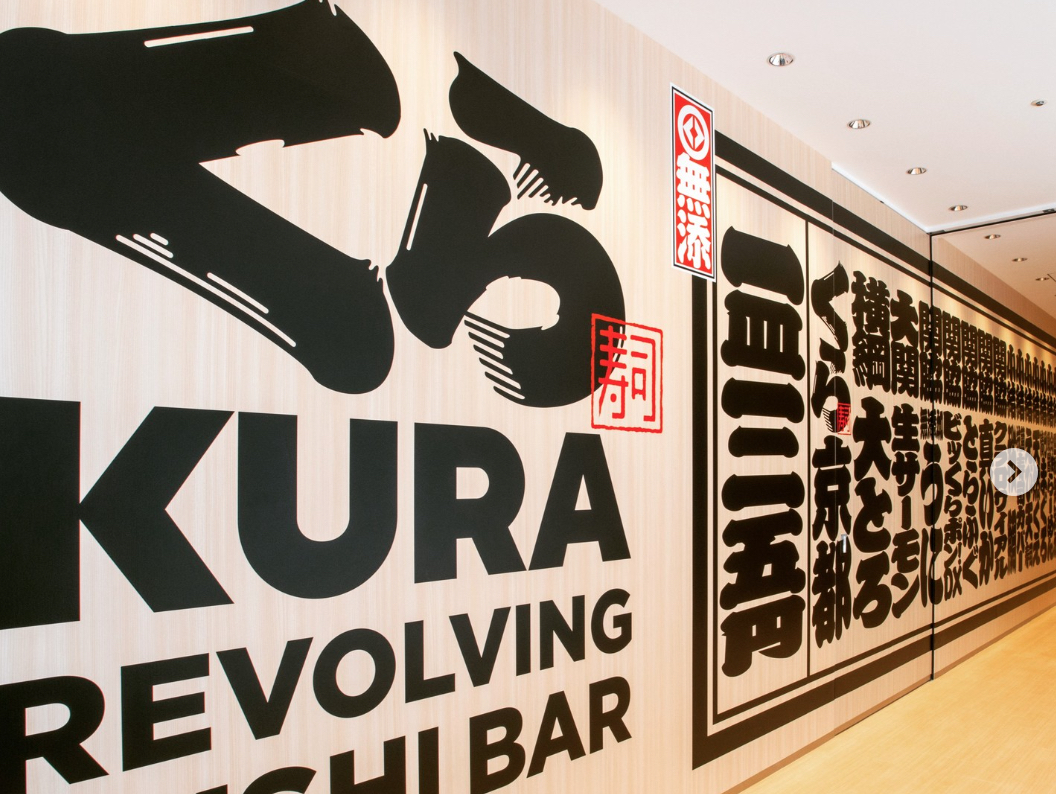
Kura Sushi Nitori Todaiku
Sushi restaurant in Saitama [SUSHILIVE comment] -


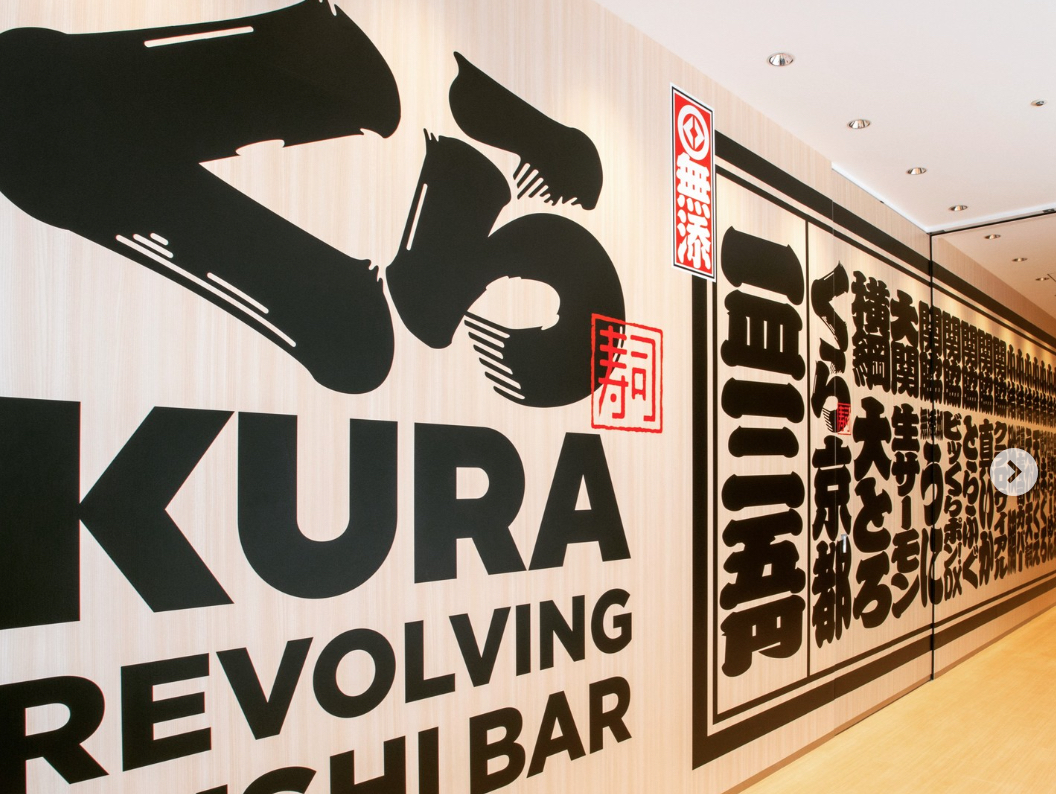
Kura Sushi Nitori Minami & Nomo
Sushi restaurant in Saitama [SUSHILIVE comment] -


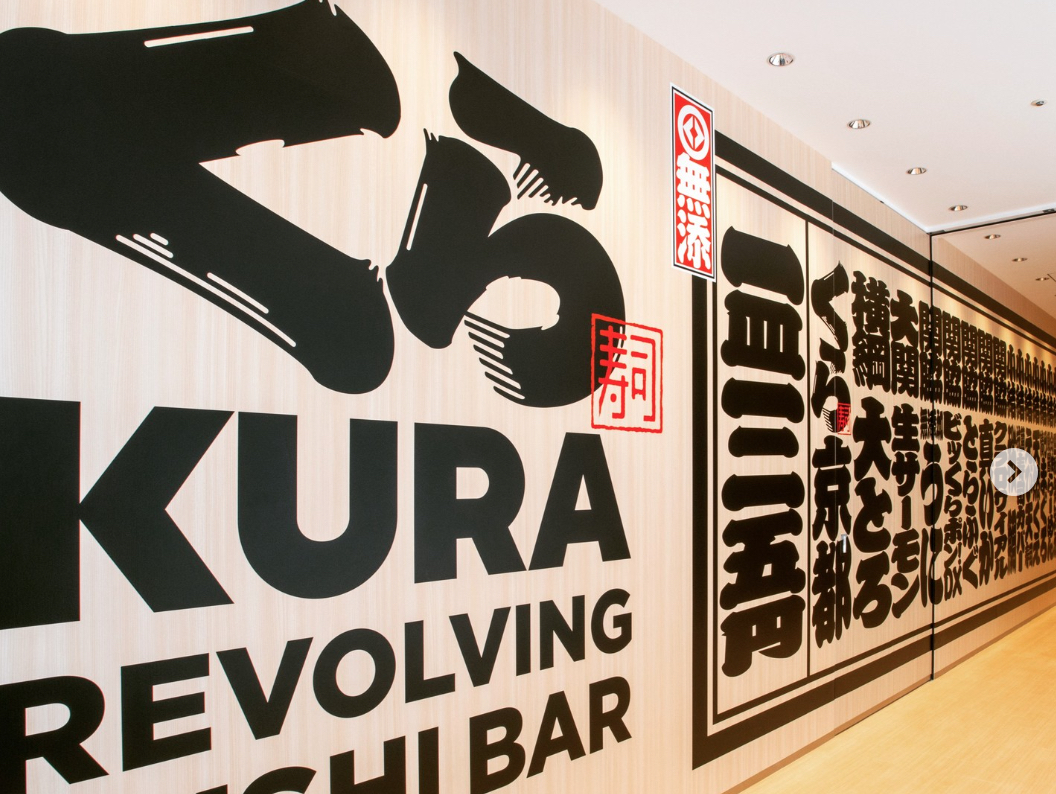
Kura Sushi Saitama Oi Branch
Sushi restaurant in Saitama [SUSHILIVE comment] -


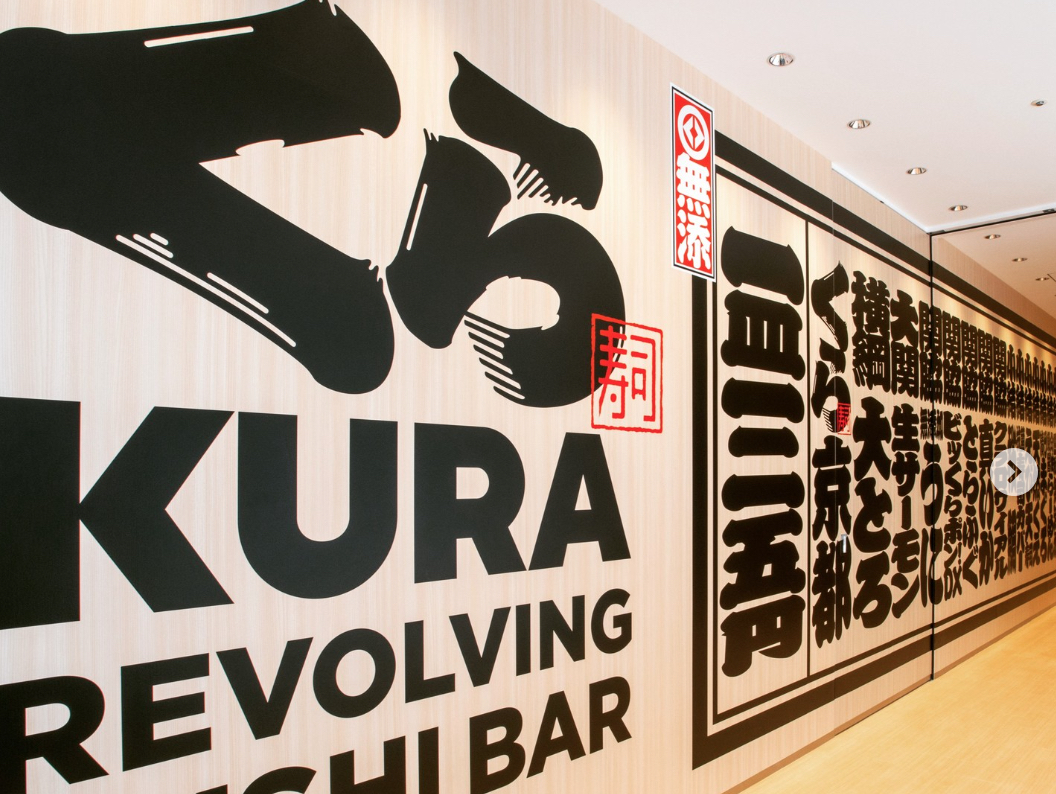
Kura Sushi Nitori Kuji
Sushi restaurant in Saitama [SUSHILIVE comment] -


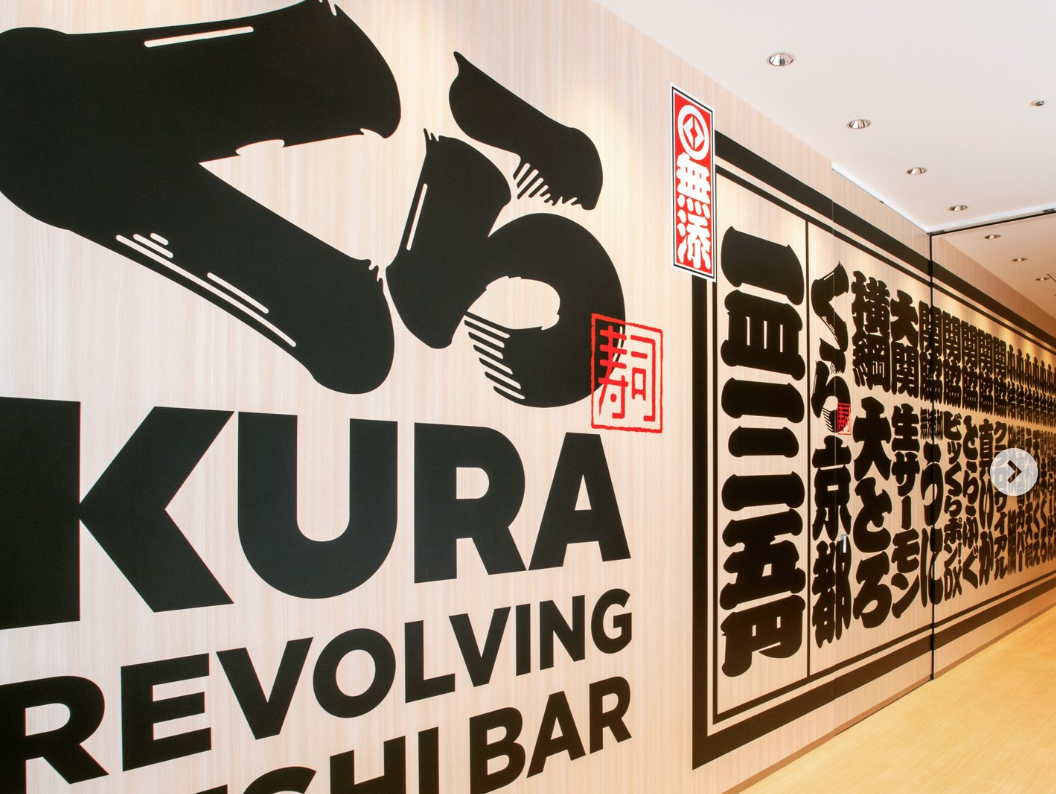
Kura Sushi Sakado Store
Sushi restaurant in Saitama [SUSHILIVE comment] -


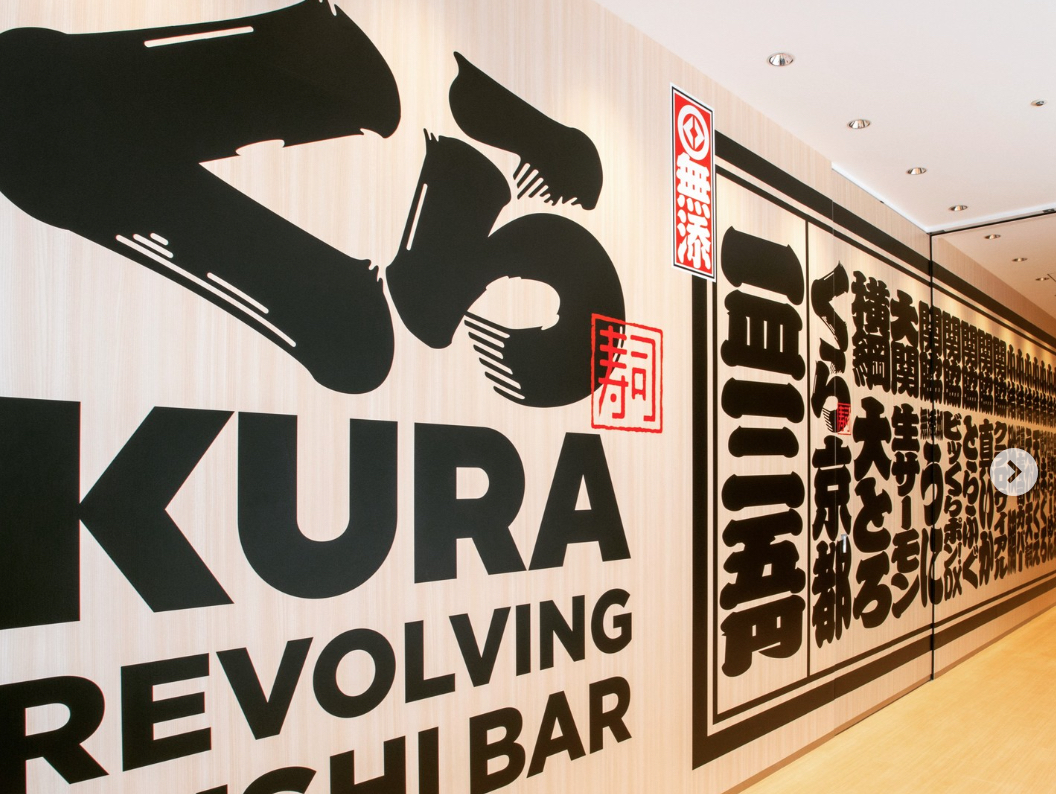
Kura Sushi Sango Store
Sushi restaurant in Saitama [SUSHILIVE comment] -


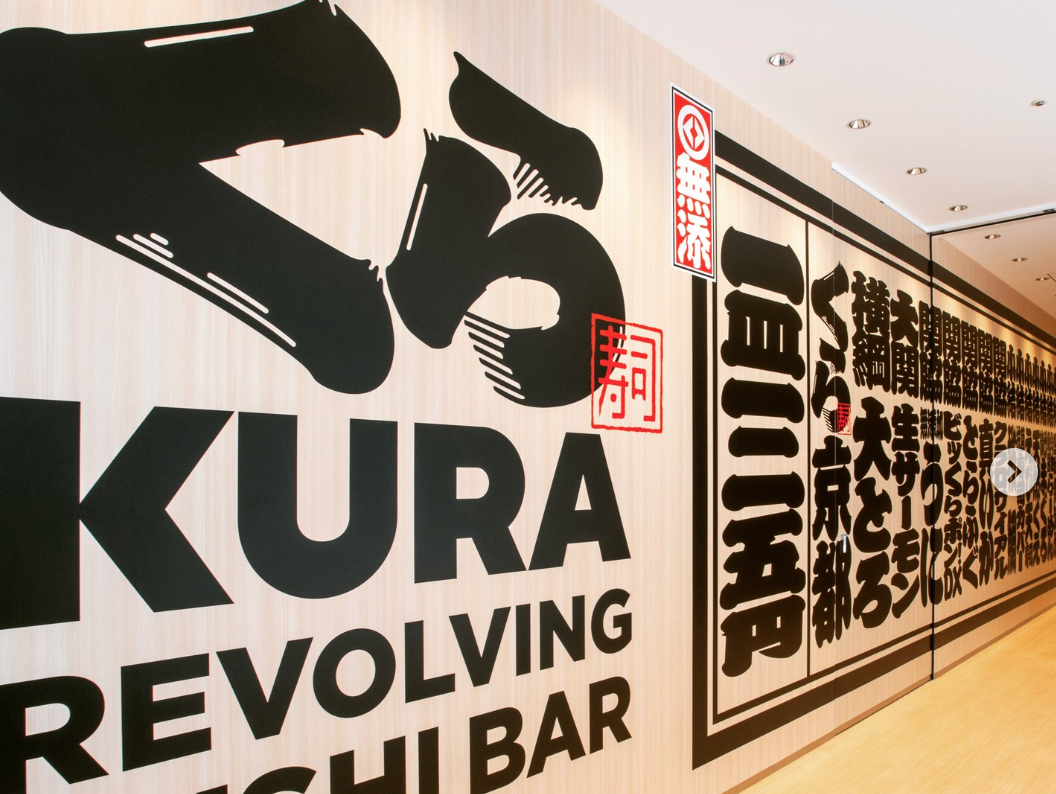
Kura Sushi Kasukabe Toyomachi Store
Sushi restaurant in Saitama [SUSHILIVE comment] -


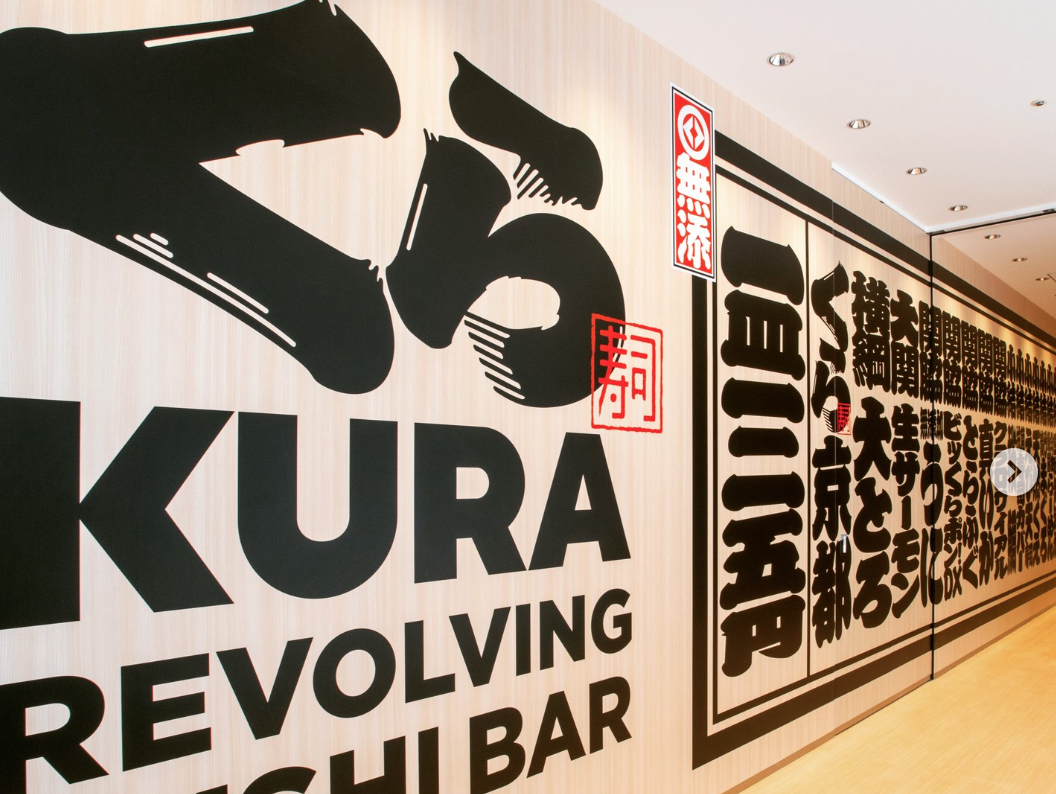
Kura Sushi Nitori Kitakamiou
Sushi restaurant in Saitama [SUSHILIVE comment] -


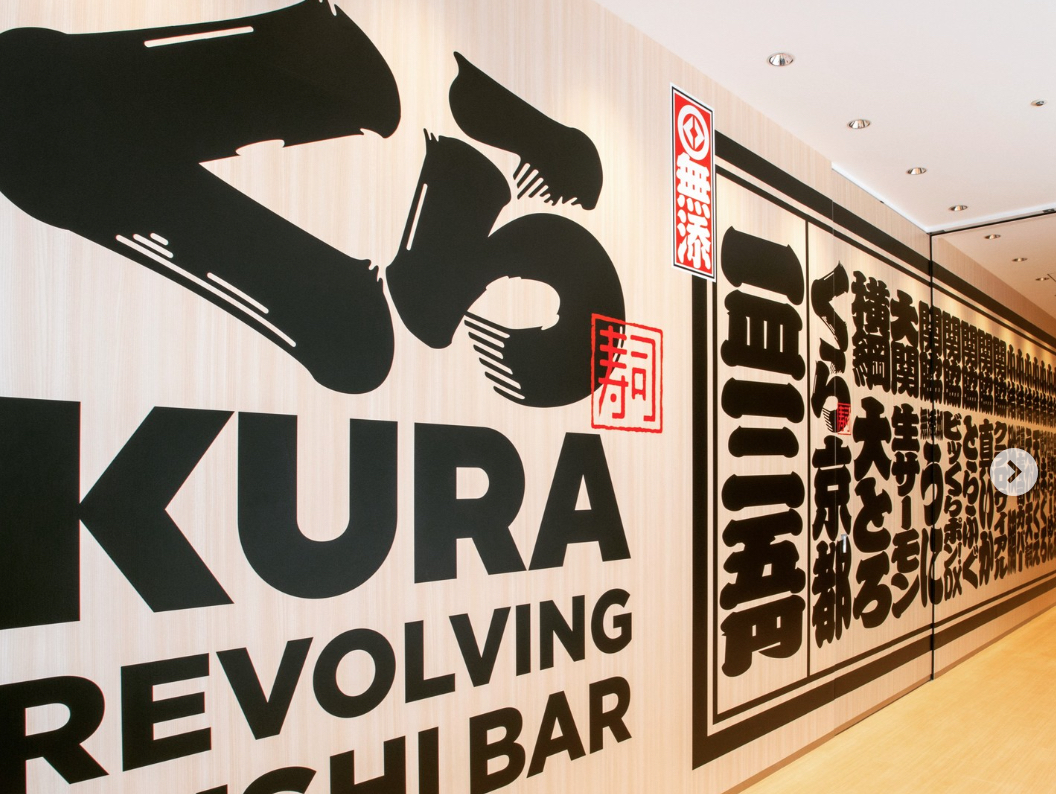
Kura Sushi Niiza
Sushi restaurant in Saitama [SUSHILIVE comment] -


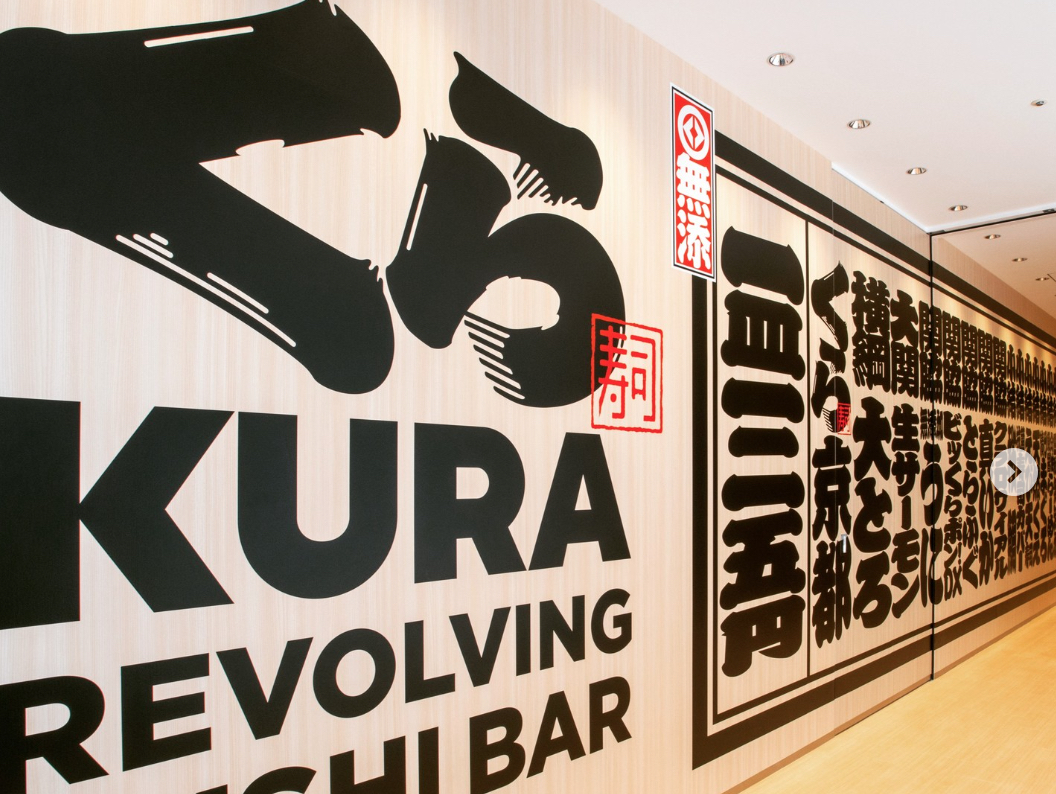
Kura Sushi Kawagoe Store
Sushi restaurant in Saitama [SUSHILIVE comment] -


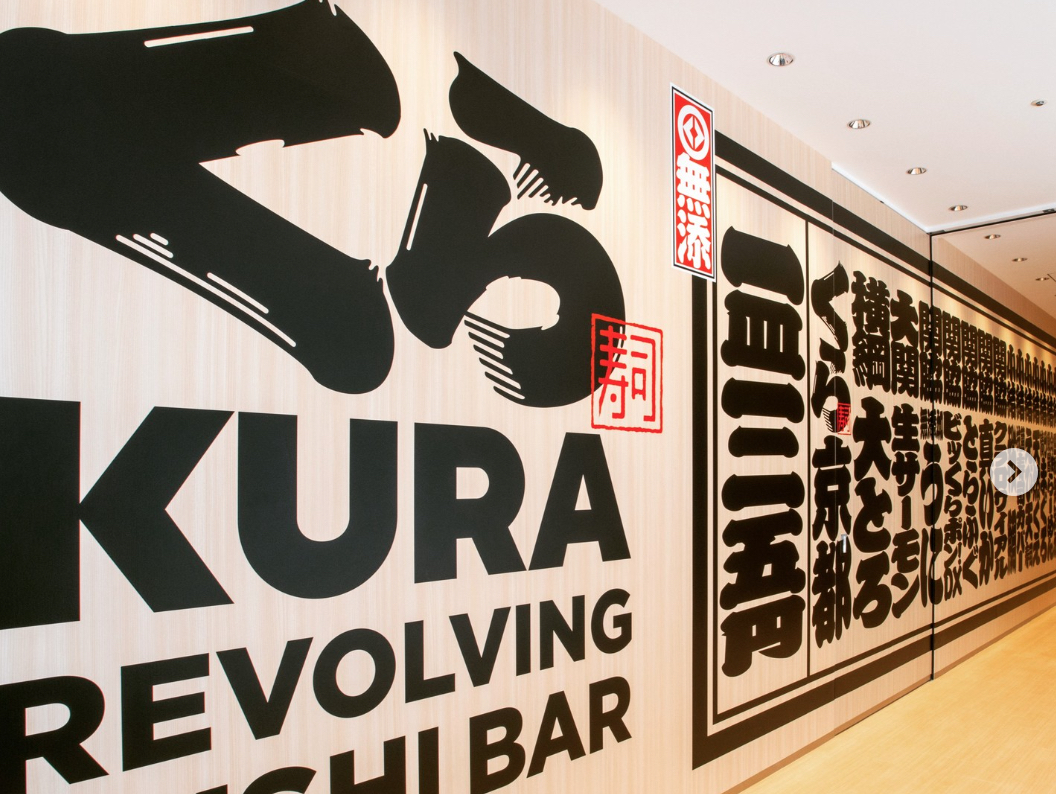
Kura Sushi Kawaguchi Aoki Store
Sushi restaurant in Saitama [SUSHILIVE comment] -


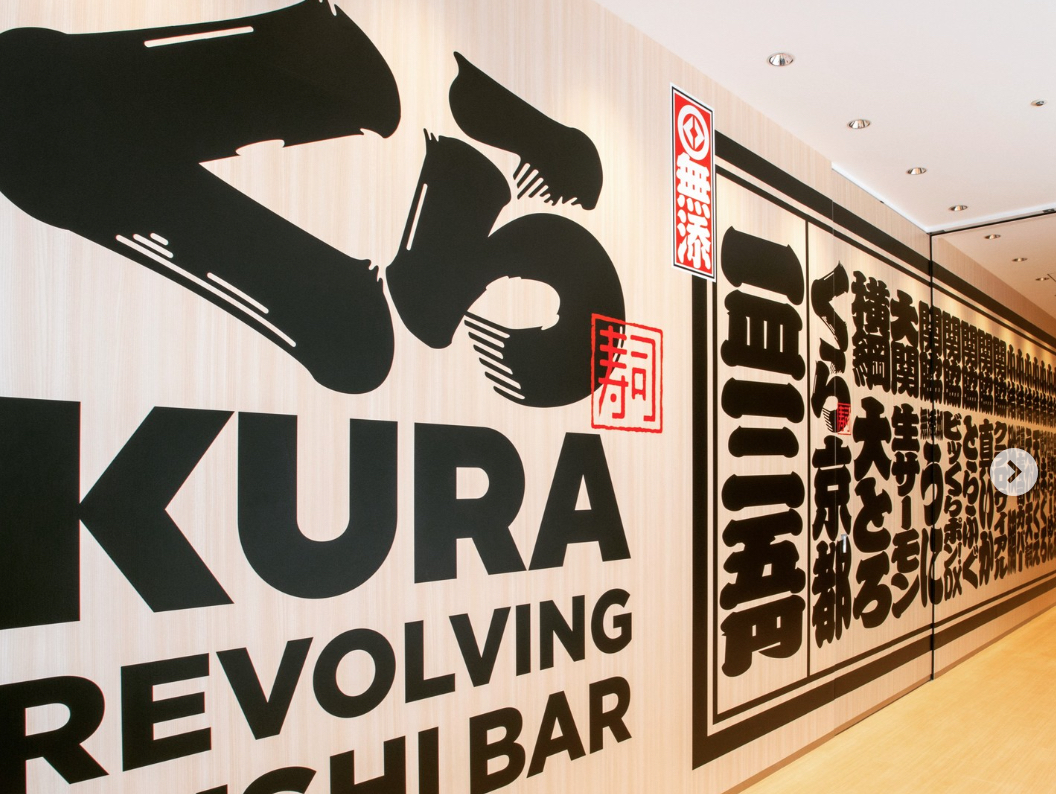
Kura Sushi Hatogaya Store
Sushi restaurant in Saitama [SUSHILIVE comment] -


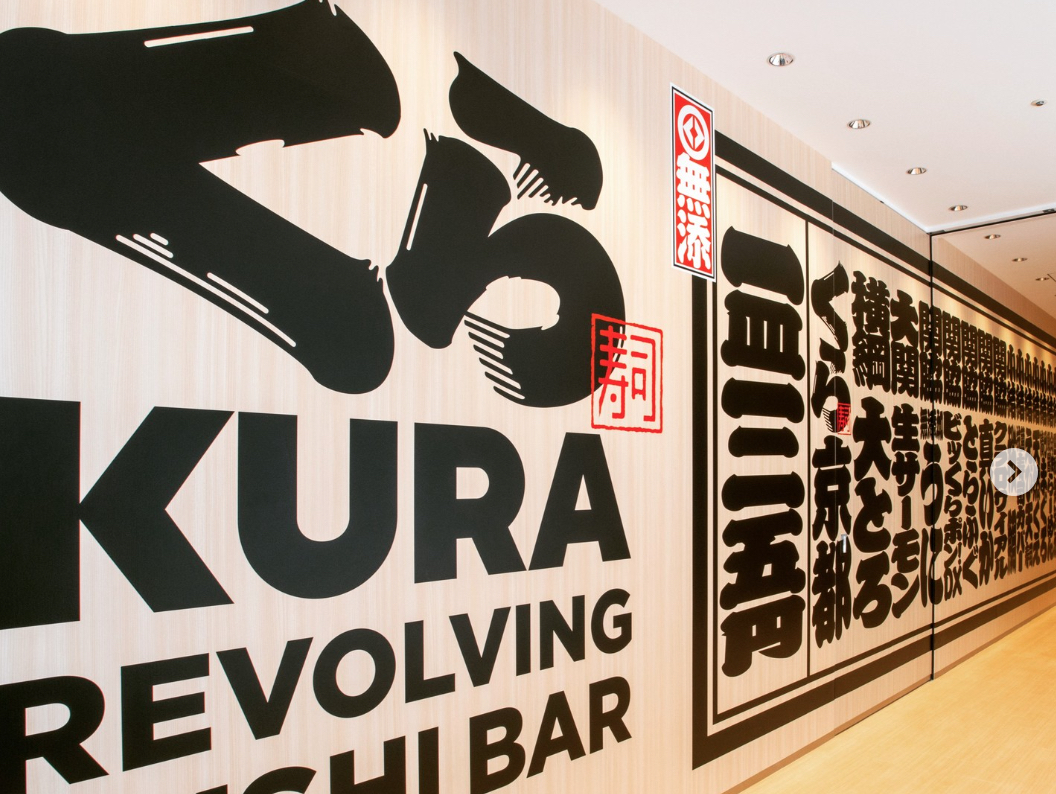
Kura Sushi Higashi-Kawaguchi Store
Sushi restaurant in Saitama [SUSHILIVE comment] -


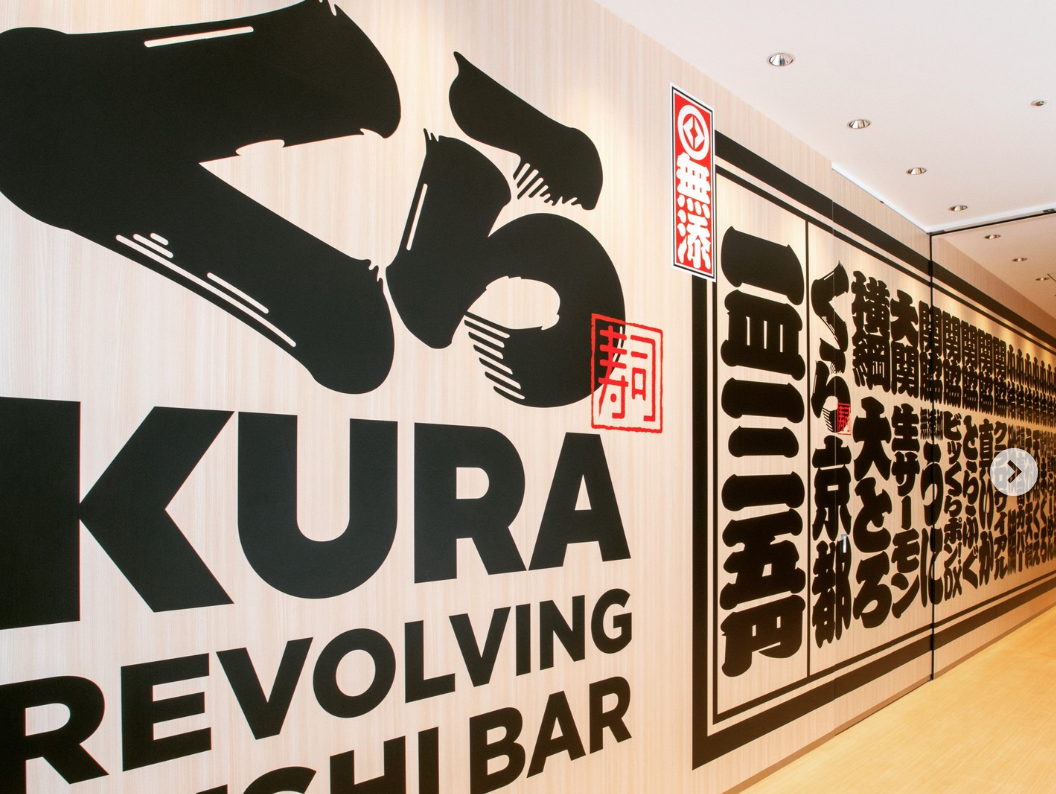
Kura Sushi Kawaguchi Kotaniba
Sushi restaurant in Saitama [SUSHILIVE comment] -


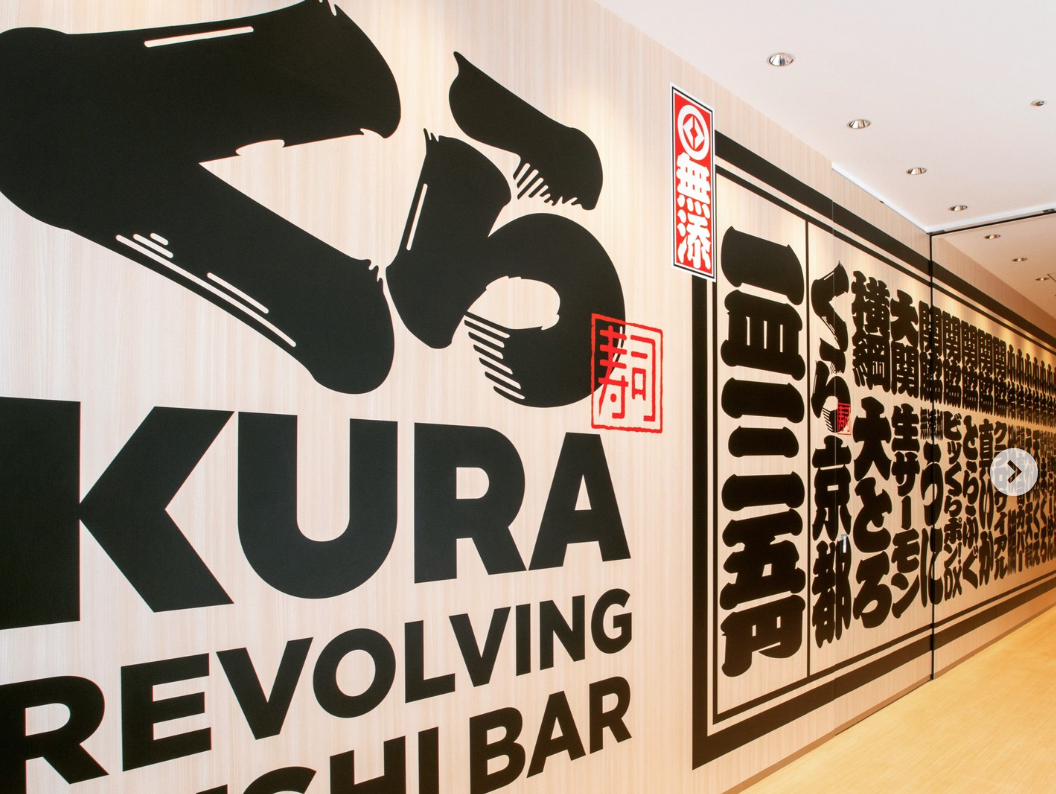
Kura Sushi Kusaka Shop
Sushi restaurant in Saitama [SUSHILIVE comment] -


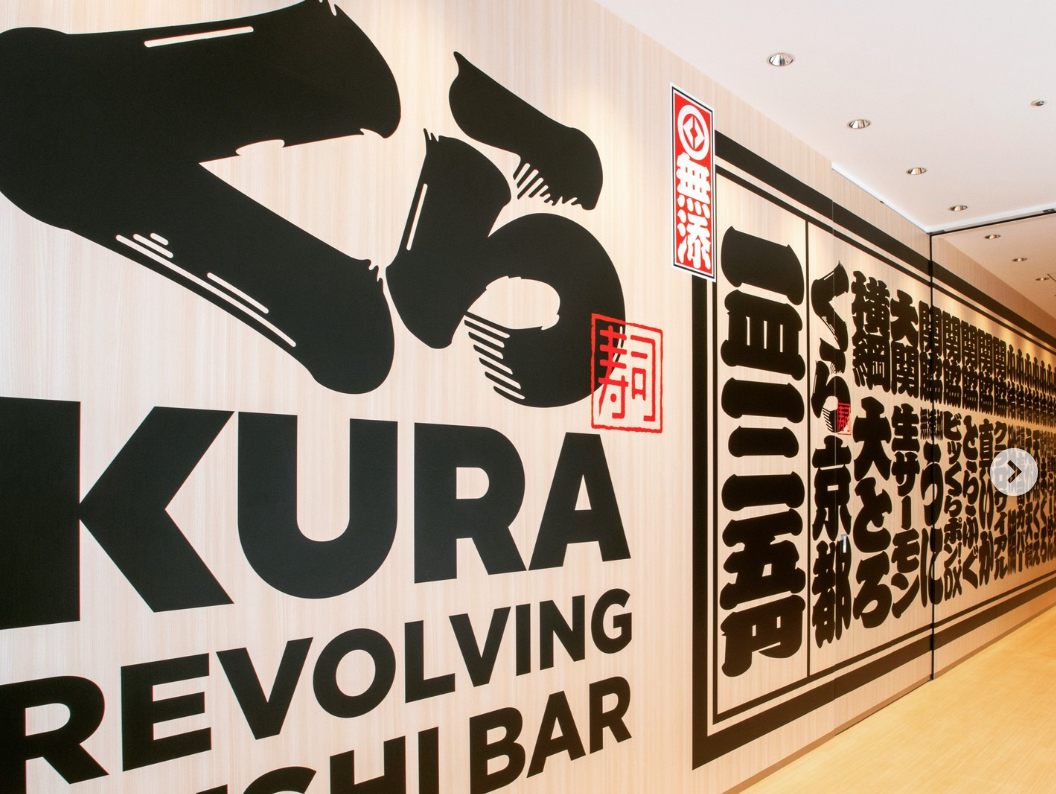
Kura Sushi Kusakatani Tsukudani
Sushi restaurant in Saitama [SUSHILIVE comment] -


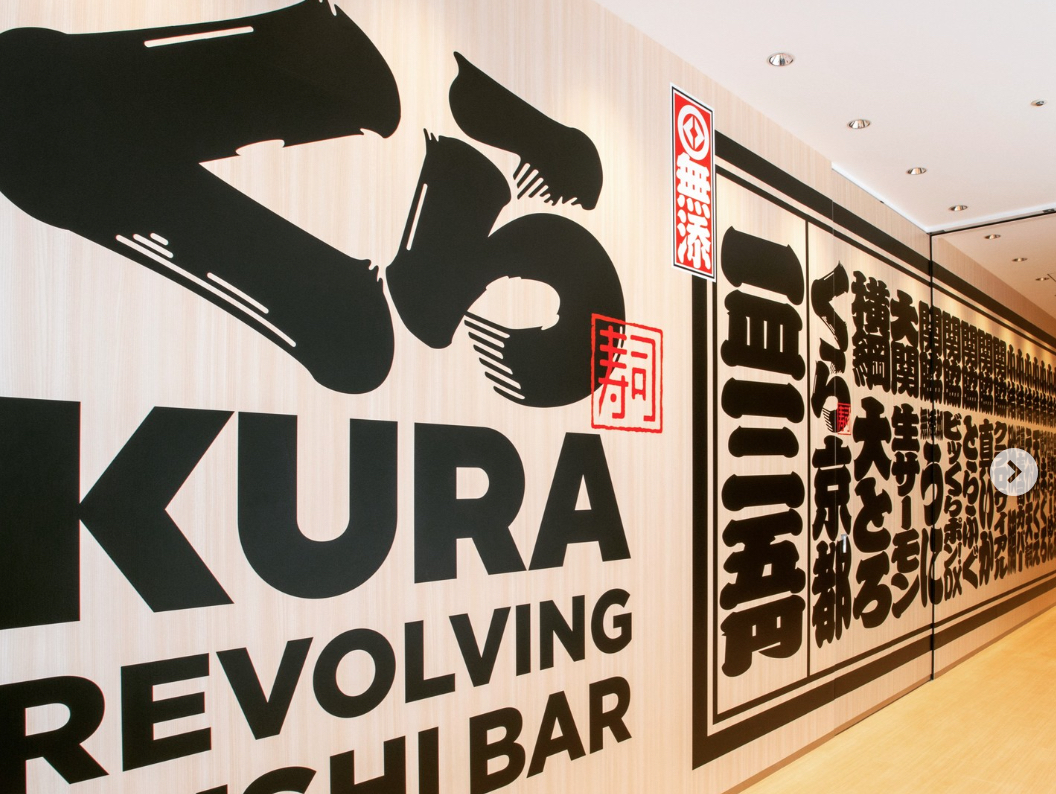
Kura Sushi Tsuruse Branch
Sushi restaurant in Saitama [SUSHILIVE comment] -


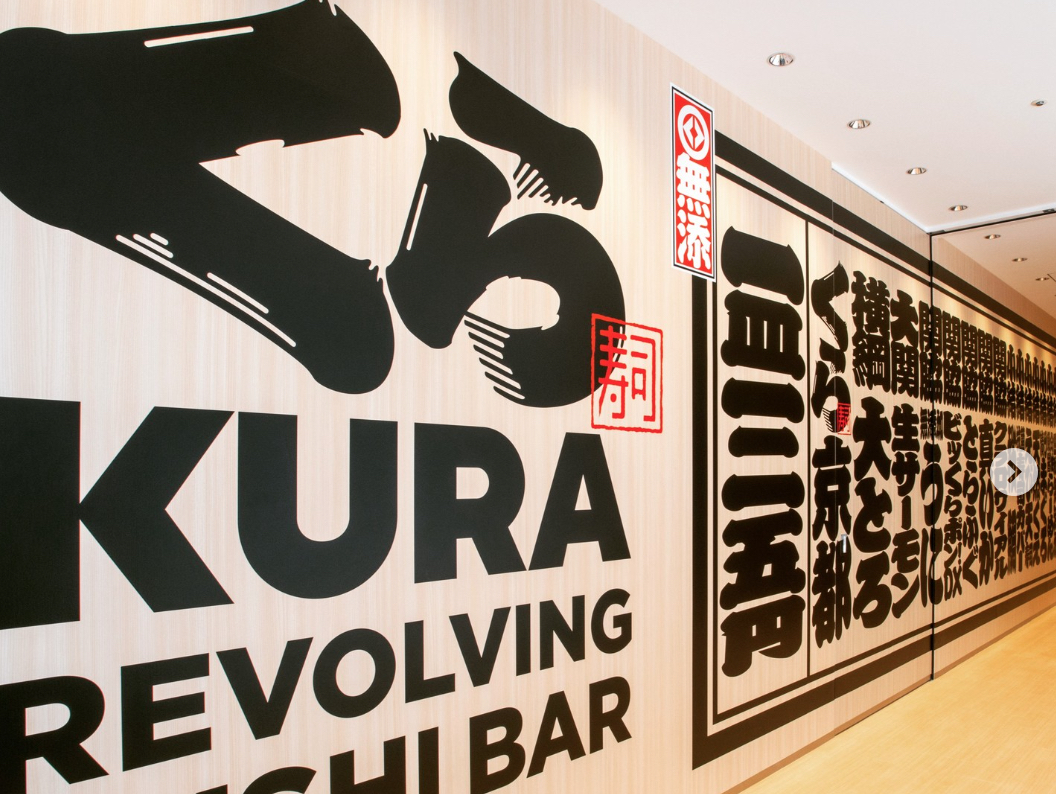
Kura Sushi Iruma Store
Sushi restaurant in Saitama [SUSHILIVE comment] -


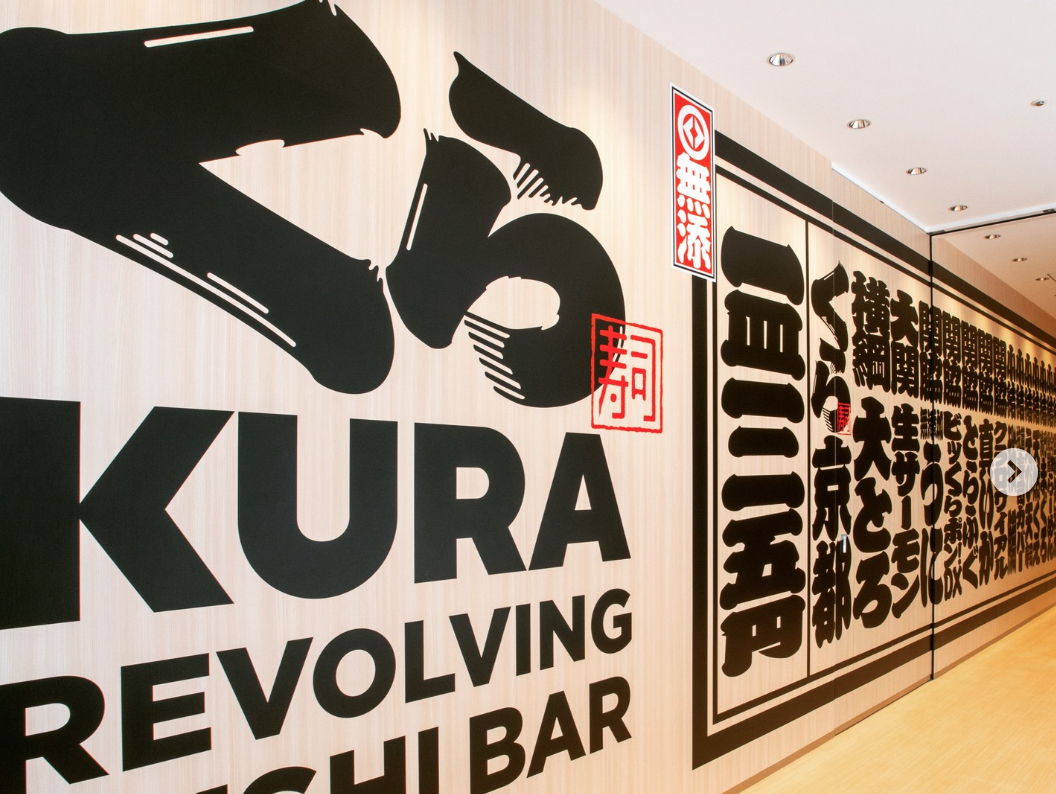
Kura Sushi North Main Store
Sushi restaurant in Saitama [SUSHILIVE comment] -


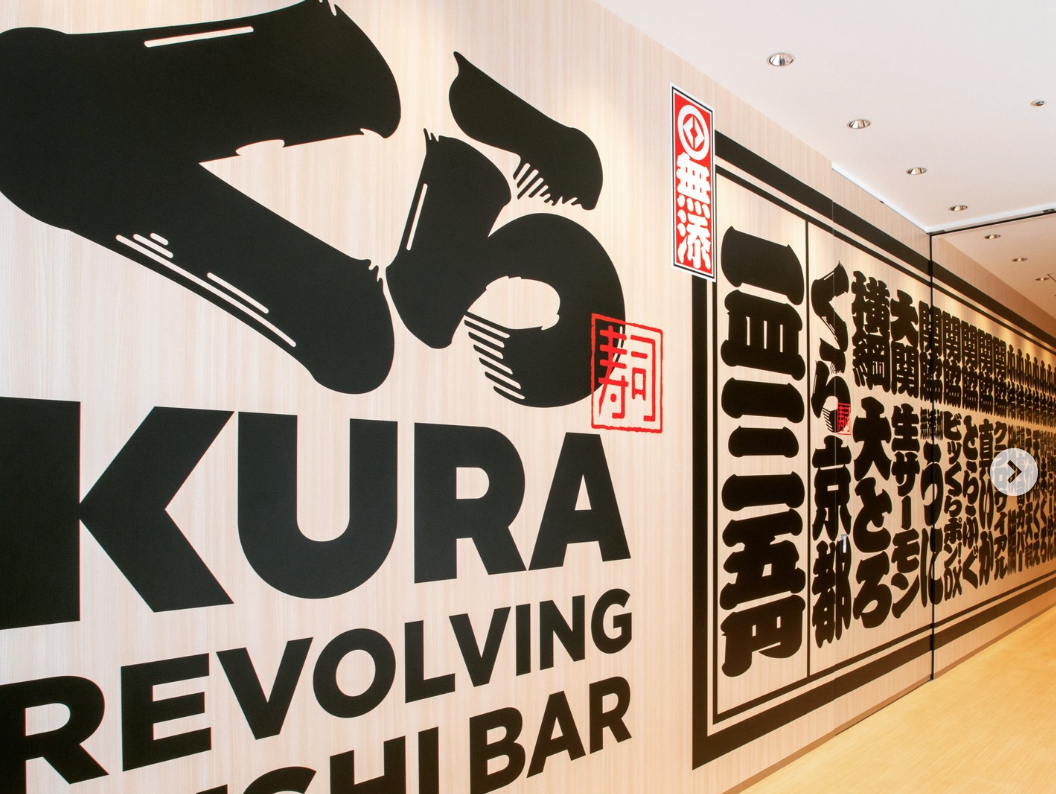
Kura Sushi Koshigaya Laketown Store
Sushi restaurant in Saitama [SUSHILIVE comment] -


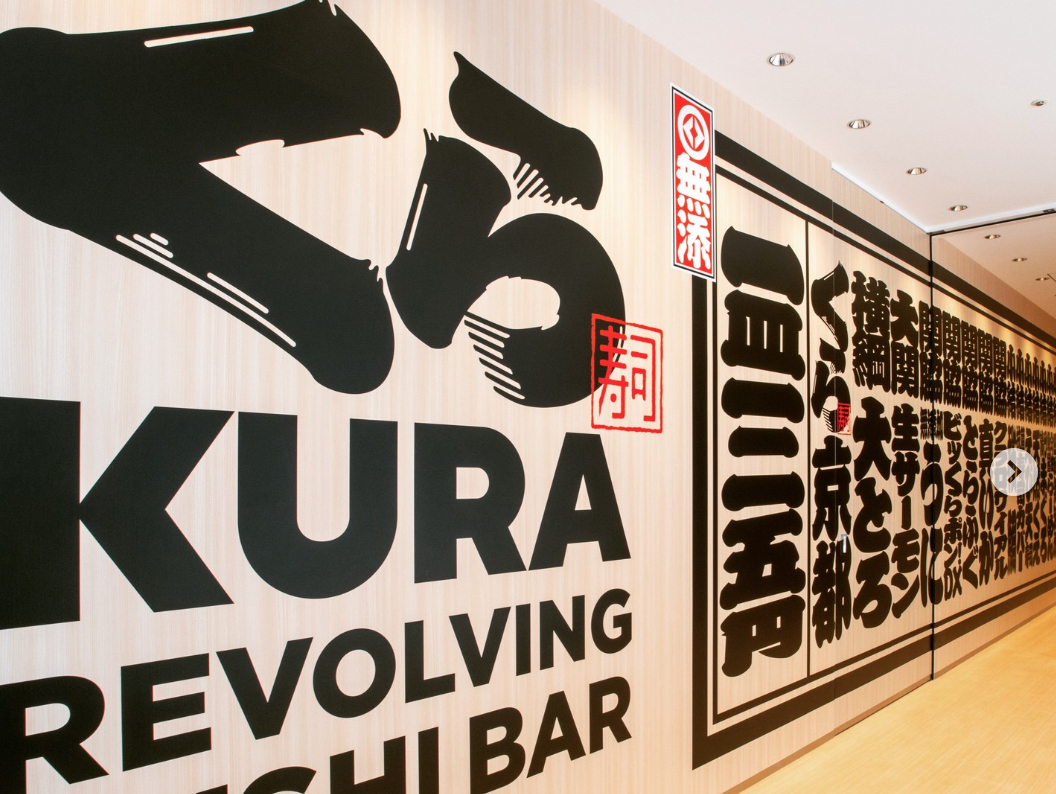
Kura Sushi Kumagaya Ekimae Branch
Sushi restaurant in Saitama [SUSHILIVE comment] -


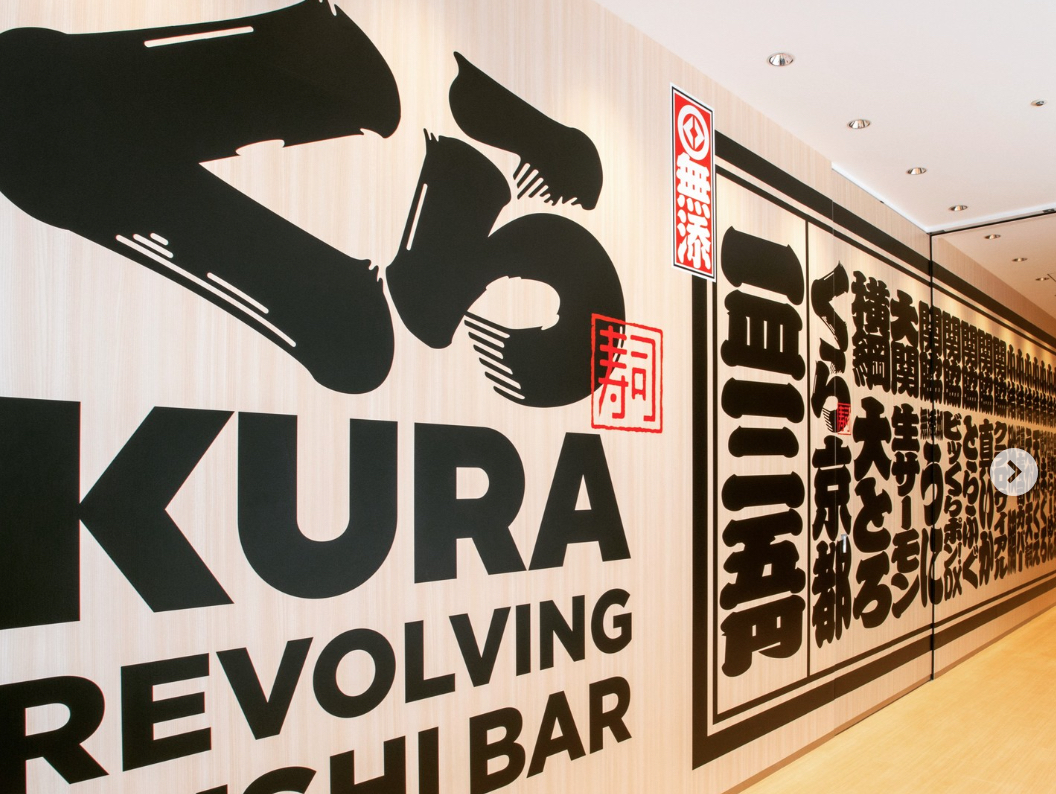
Kura Sushi Nitori Koshigaya Shimomakuri
Sushi restaurant in Saitama [SUSHILIVE comment] -


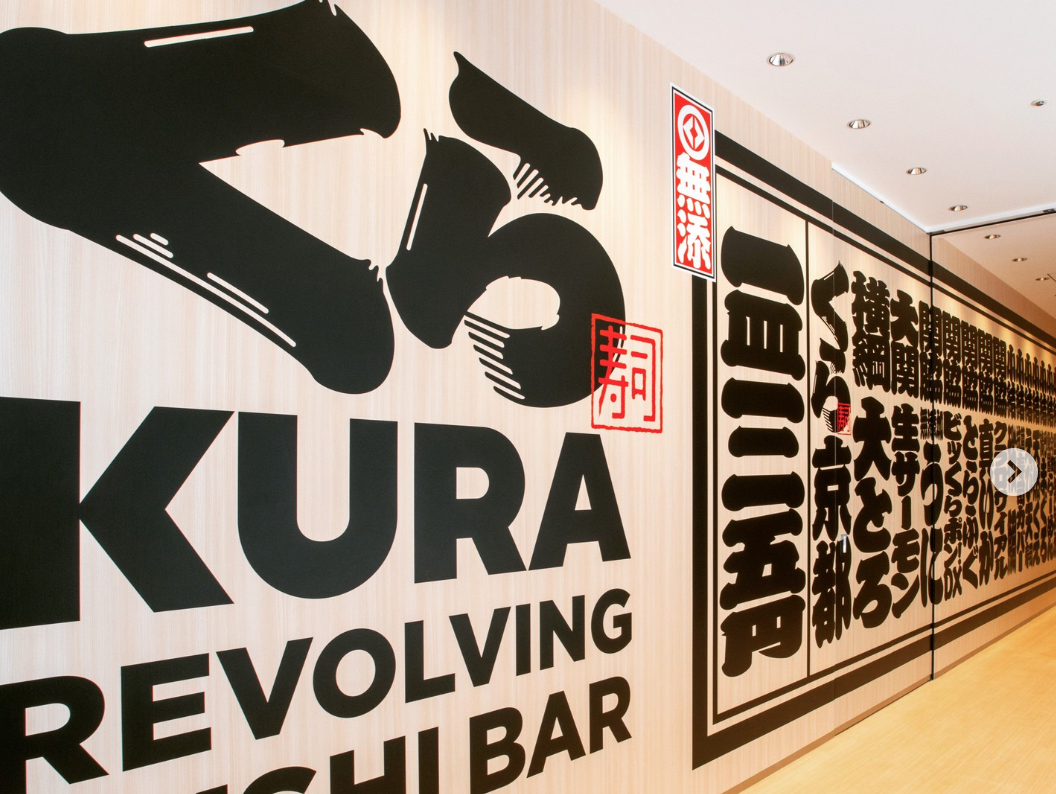
Kura Sushi Toda Ekimae Store
Sushi restaurant in Saitama [SUSHILIVE comment] -


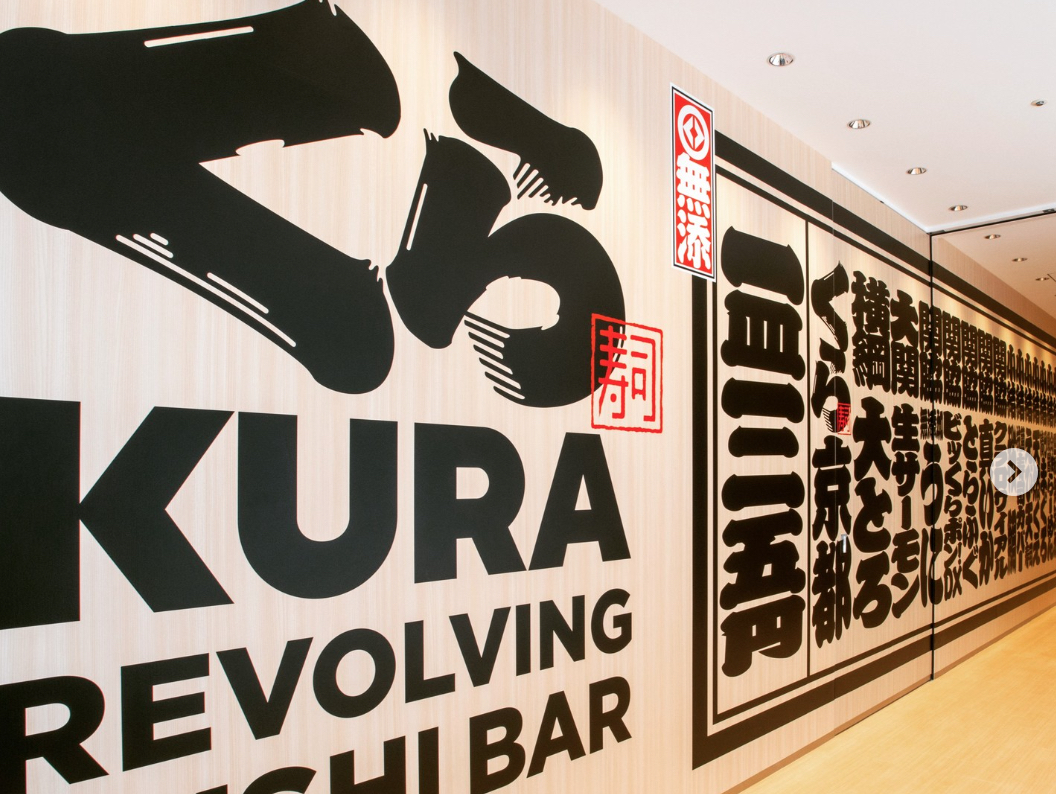
Kura Sushi Kawagoe's Venue
Sushi restaurant in Saitama [SUSHILIVE comment] -


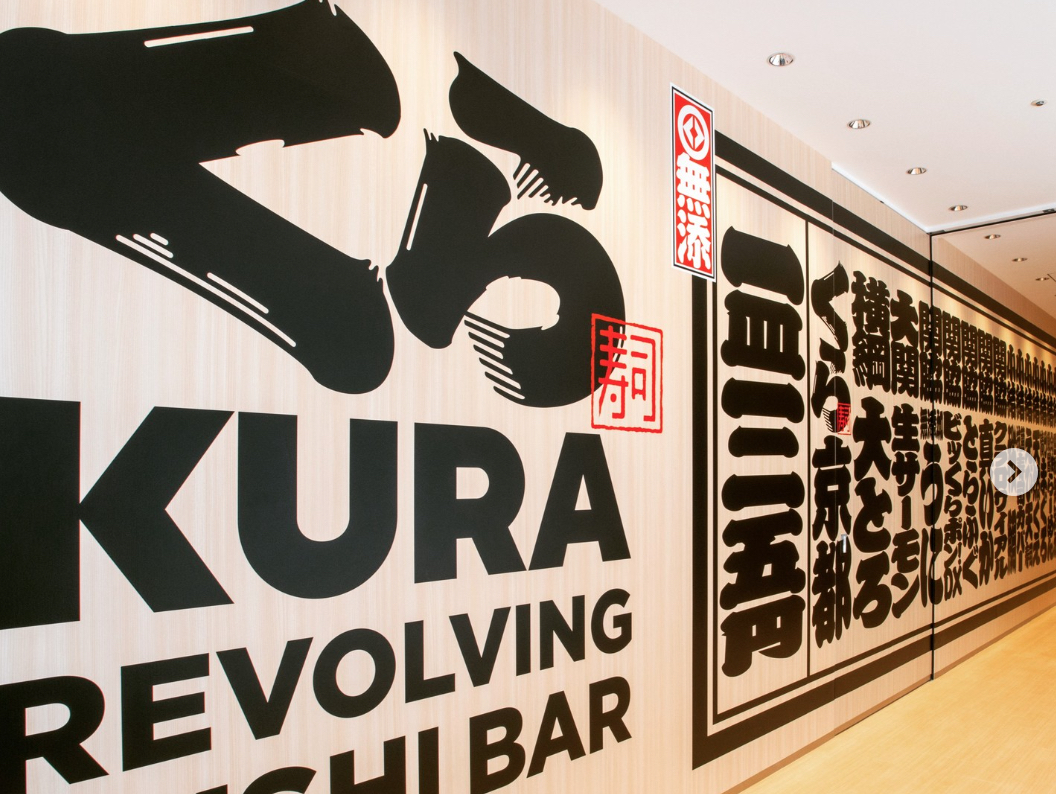
Kura Sushi Omiya Bypass
Sushi restaurant in Saitama [SUSHILIVE comment] -


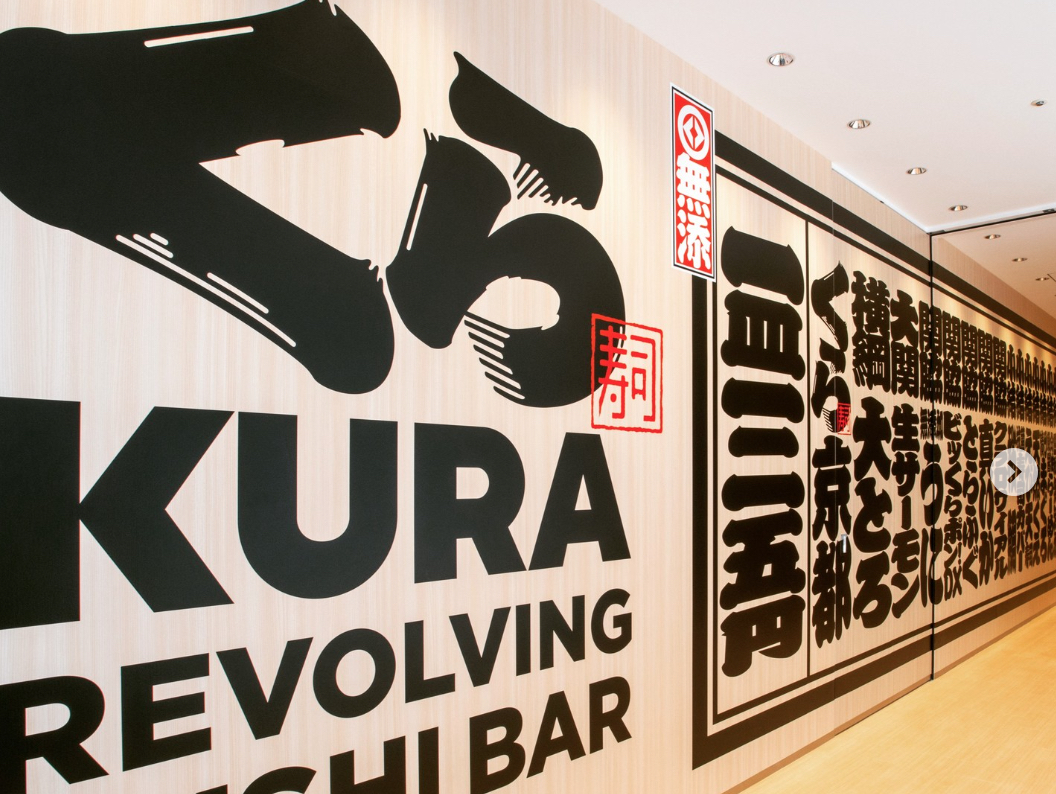
Kura Sushi Tokorozawa Yurakucho
Sushi restaurant in Saitama [SUSHILIVE comment] -


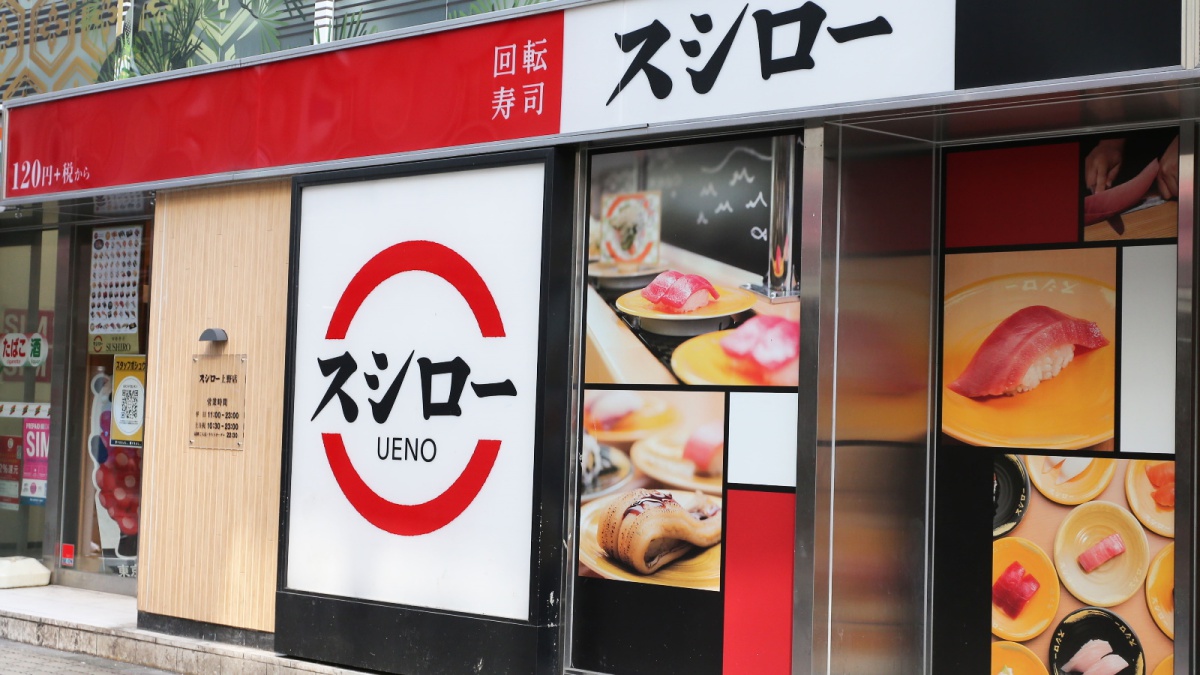
Sushiro Wako Shiroko (1929-1998), pioneer Japanese seismologist
Sushi restaurant in Saitama [SUSHILIVE comment] -


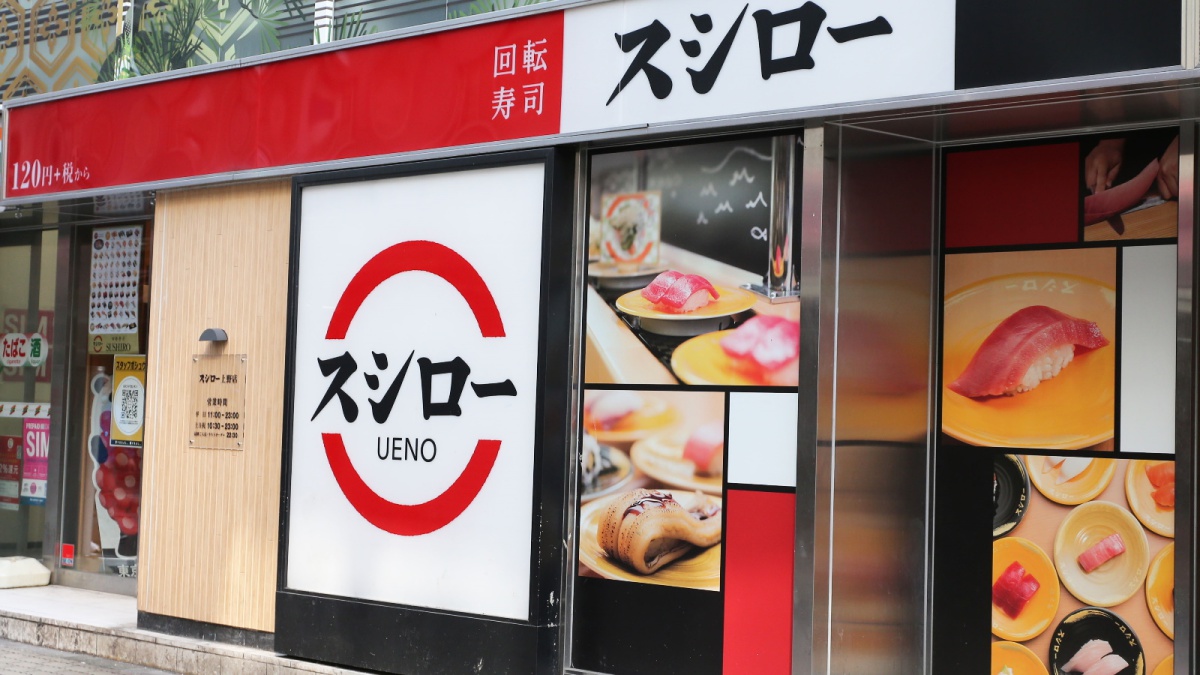
Sushiro Strawberry tree
Sushi restaurant in Saitama [SUSHILIVE comment] -


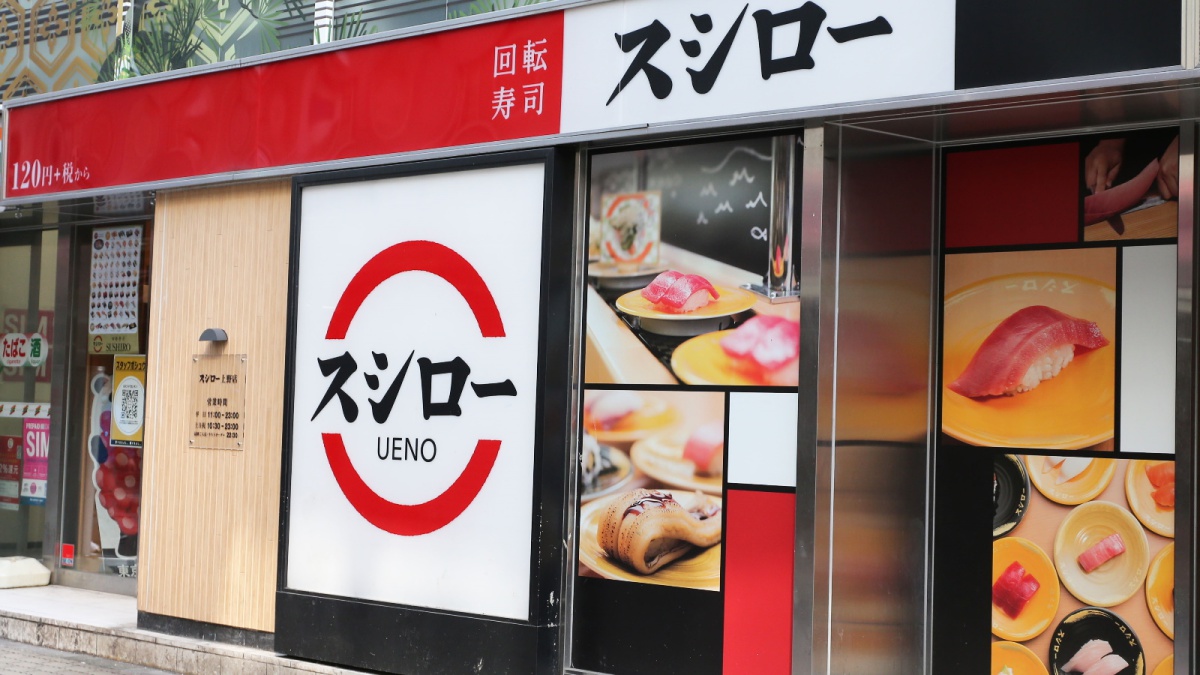
Sushiro Urawa Garden
Sushi restaurant in Saitama [SUSHILIVE comment] -


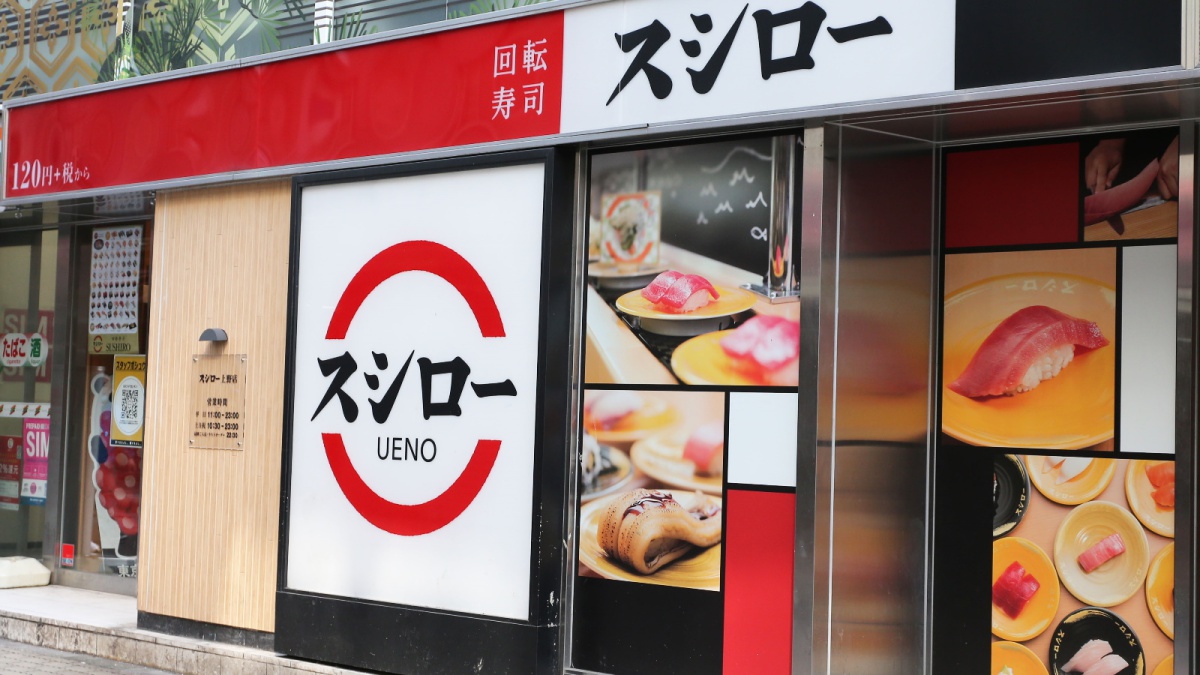
Sushiro Kitamoto
Sushi restaurant in Saitama [SUSHILIVE comment]
Characteristics of Saitama’s Cuisine
Diversity and Vibrancy: Saitama’s Geography and Socio-Economy
Located in the central part of the Kanto Plain, Saitama Prefecture is blessed with flat terrain and a rich natural environment. The Chichibu mountain range stretches across the north, preserving rich nature and historical culture. The Arakawa River flows in the west and the Tone River in the east, playing important roles in transportation and agriculture.
Adjacent to Tokyo, Saitama has seen a rapid population increase as a commuter town. Recent developments in transportation infrastructure and corporate invitations have also revitalized commerce and industry.
In terms of socio-economics, agriculture, manufacturing, and service industries have developed in a well-balanced manner. Recently, cutting-edge industries such as IT and biotechnology have been attracting attention.
Thus, Saitama Prefecture possesses diverse and vibrant geography and socio-economics. It is an attractive region where rich nature and historical culture merge with contemporary urban functions.
The Continuous History from Ancient to Modern Times, Saitama’s Climate
Located in the northern part of the Kanto region, Saitama Prefecture has been inhabited since ancient times.
Archaeological sites from the Paleolithic era through the Jomon, Yayoi, and Kofun periods have been discovered, indicating Saitama’s importance as a key location from early times.
During the Edo period, major roads like Nakasendo and Nikko Onari Kaido were developed, connecting Edo (Tokyo) with other regions. The use of rivers such as the Tone and Arakawa for transportation flourished, leading to the development of commercial cities.
From the Meiji era onwards, the modernization wave led to the construction of railways and factories. After the war, the population surged as it developed into a major metropolitan area.
Hence, Saitama Prefecture has nurtured various histories and cultures from ancient times to the present. It offers a unique climate where you can experience a blend of natural landscapes, historical structures, and modern culture. When visiting, be sure to explore places that reflect Saitama’s history and climate.
Tradition and Innovation in Rich Food Culture, Saitama Prefecture
Saitama Prefecture, blessed with a variety of ingredients produced by its rich natural environment, boasts a food culture rich in diversity, from traditional local dishes passed down through generations to newly popular cuisines.
Traditional dishes include “okkirikomi” and “suiton,” made with wheat flour. “Soka senbei” and “Fukaya negi senbei” using Fukaya leeks are famous as regional specialties from the Edo period.
Recently, new cuisines using brand ingredients like “Sainokuni Kurobuta” pork and “Saino Kagayaki” have gained popularity. Local sake and wines are also attracting attention, becoming popular as products that let you taste the richness of Saitama’s nature.
Moreover, as a well-known producer of wheat, Saitama is also famous for its wheat-based dishes, including udon and pasta.
Thus, Saitama Prefecture is a land where tradition and innovation weave together a rich food culture. Be sure to taste the local cuisine made with unique ingredients when visiting.
Unique Sushi Culture Born in a Landlocked Prefecture, Saitama’s Sushi
Saitama Prefecture, not facing the sea, has developed a unique sushi culture different from Edomae sushi.
A traditional local dish, “inari sushi,” is representative. It consists of sushi rice stuffed in sweetly simmered fried tofu. Various types of inari sushi exist throughout Saitama, each region having its characteristics.
Although stores serving seafood sushi have increased recently, Saitama’s sushi culture is also characterized by sushi using mountain delicacies, such as wild vegetables and mushrooms. In spring, sushi with “taranome” (young shoots of Japanese angelica tree), and in autumn, sushi with “matsutake” mushrooms are available.
Furthermore, Saitama is famous as a wheat-producing area, offering unique “sushi” made with wheat flour. “Steamed sushi” wrapped in thinly stretched dough and steamed, and “fried sushi” are popular as home-cooked dishes.
Saitama’s sushi culture, thus, features unique tastes that take advantage of its landlocked nature. Be sure to taste Saitama’s unique sushi when visiting.
Tradition and Innovation Weave Flavors, Saitama’s Specialty Products
Located in the northern part of the Kanto region, Saitama Prefecture is rich in natural beauty and historical culture, boasting various specialty products.
Traditional specialties include “Soka senbei” and “Fukaya negi senbei” made with Fukaya leeks, continuing from the Edo period. Recently, new specialties using brand ingredients like Sainokuni Kurobuta pork have become popular.
Saitama is also famous for its traditional crafts, such as “Kawagoe imo” sweet potatoes and “Chichibu kokeshi” dolls, designated as important intangible cultural properties. Modern designs are increasingly incorporated while preserving traditional techniques.
Moreover, Saitama has gained attention as a sake-producing area, with an increasing number of nationally acclaimed breweries in recent years.
Thus, Saitama Prefecture is home to deeply flavorful specialty products, woven from tradition and innovation. When visiting, be sure to taste these unique local products.

